I want to display text information in a graphics plot via textplot(), however text is cut. Does anybody know how to make it fit?
library(gplots)
str <- as.character("R is a programming language for statistical computing and graphics supported by the R Core Team and the R Foundation for Statistical Computing. Created by statisticians Ross Ihaka and Robert Gentleman, R is used among data miners, bioinformaticians and statisticians for data analysis and developing statistical software.[6] Users have created packages to augment the functions of the R language.
According to user surveys and studies of scholarly literature databases, R is one of the most commonly used programming languages used in data mining.[7] As of March 2022, R ranks 11th in the TIOBE index, a measure of programming language popularity, in which the language peaked in 8th place in August 2020")
textplot(str, halign = c("right"),
valign = c("bottom"), cex=0.5, fixed.width=TRUE,
cspace=1, lspace=1, mar=c(0, 0, 3, 0) + 0.1,
tab.width = 8)



